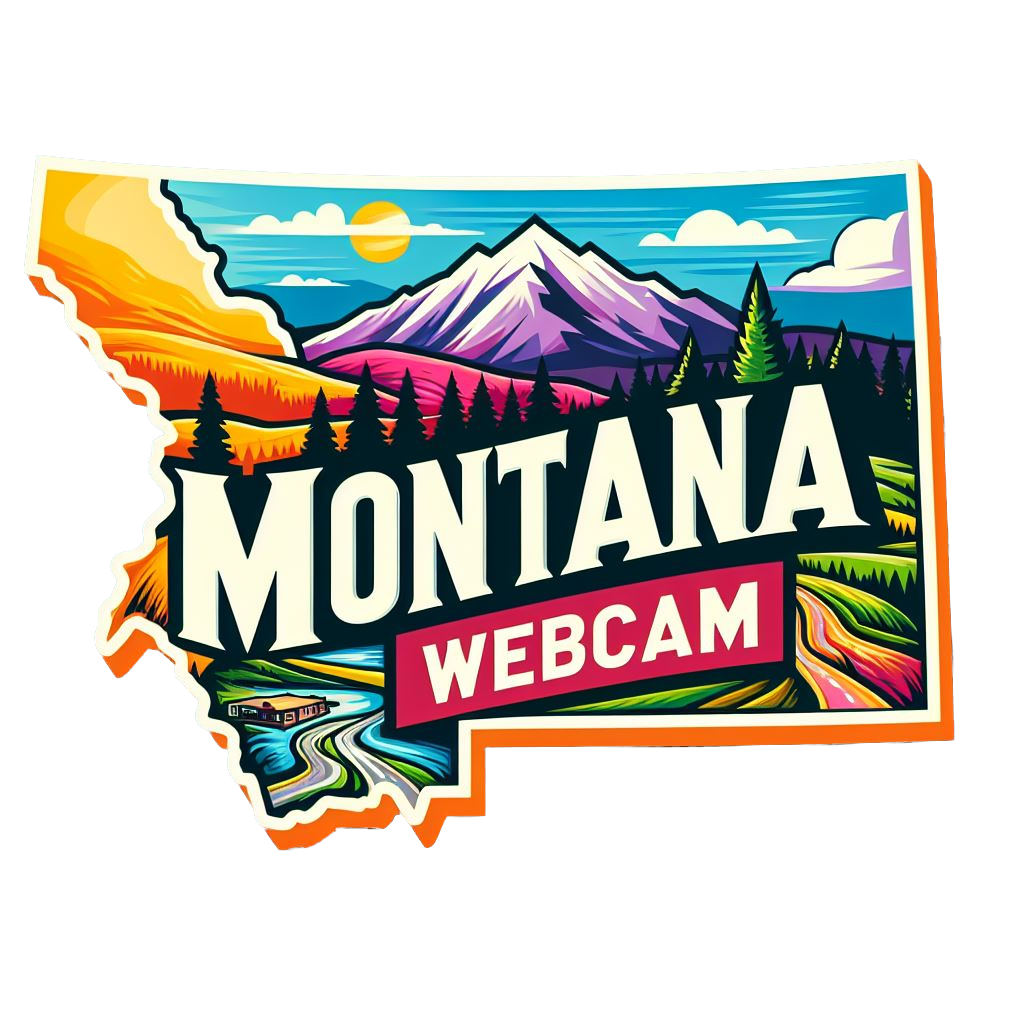Shelby, MT Weather Cams
Shelby Airport Weather Cams
Shelby, Montana: From Railroad Boom to Modern Crossroads
Shelby, MT Weather Cams. Nestled in the northern reaches of Montana, the city of Shelby stands as a testament to the transformative power of the railroad and the resilience of frontier communities. From its humble beginnings as a remote outpost to its current status as a regional hub, Shelby’s history is intertwined with the development of the American West.
The story of Shelby begins in the late 19th century when the area was primarily inhabited by Native American tribes, including the Blackfeet. The vast, rolling prairies of north-central Montana were home to abundant wildlife and served as hunting grounds for indigenous peoples for thousands of years.
The arrival of European settlers in the region marked a significant turning point. In 1891, the Great Northern Railway began laying tracks across northern Montana, forever altering the landscape and bringing waves of new inhabitants. It was during this period that the town of Shelby was born.
Named after Peter P. Shelby, an influential official of the Montana Central Railway, the town was officially founded in 1891 as a division point on the Great Northern line. The railroad’s presence immediately catalyzed growth, attracting merchants, laborers, and homesteaders seeking new opportunities in the West.
Shelby’s early years were characterized by rapid expansion. The town quickly became a vital shipping point for cattle and wheat, the two primary industries of the region. By 1910, Shelby’s population had grown to over 500 residents, and it was incorporated as a city in 1912.
The discovery of oil in the Kevin-Sunburst Oil Field in 1922 marked another pivotal moment in Shelby’s history. This find triggered an oil boom that brought an influx of workers, speculators, and entrepreneurs to the area. The population swelled, and Shelby’s economy diversified beyond agriculture and transportation.
Perhaps the most famous event in Shelby’s history occurred on July 4, 1923. The city hosted a heavyweight championship boxing match between Jack Dempsey and Tommy Gibbons. This audacious undertaking was meant to put Shelby on the map and attract investors. However, the event ended in financial disaster for the town, nearly bankrupting it and serving as a cautionary tale of boom-time ambition.
Despite this setback, Shelby persevered. The Great Depression of the 1930s hit the community hard, as it did much of rural America. However, the city’s strategic location on major transportation routes helped it weather the economic storm better than many similar towns.
World War II brought renewed activity to Shelby. The city’s railroad facilities played a crucial role in the war effort, moving troops and supplies across the country. The post-war years saw steady growth and development, with Shelby solidifying its position as a regional center for commerce and services.
The latter half of the 20th century brought both challenges and opportunities to Shelby. The decline of passenger rail service in the 1960s and 1970s threatened to diminish the city’s importance as a transportation hub. However, Shelby adapted by focusing on its role as a crossroads for highways, including Interstate 15 and U.S. Highway 2.
Agriculture remained a cornerstone of the local economy, with wheat and barley being major crops. The livestock industry, particularly cattle ranching, continued to be significant. Oil and natural gas production in the region, while subject to boom-and-bust cycles, provided another important economic pillar.
In recent decades, Shelby has worked to diversify its economy and attract new industries. The city has leveraged its transportation infrastructure to become a logistics center, with several trucking companies establishing operations in the area. The presence of a state prison, opened in 1994, has provided stable employment for many residents.
Tourism has also become an increasingly important sector. Shelby’s location near Glacier National Park and the Canadian border makes it a convenient stopover for travelers. The city has embraced its heritage, preserving historic buildings and promoting attractions like the Marias Museum of History and Art, which showcases the region’s rich past.
Education has played a vital role in Shelby’s development. The city is home to Toole County High School and serves as an educational center for the surrounding rural areas. Additionally, the presence of a satellite campus of Montana State University-Northern has provided opportunities for higher education and workforce development.
Environmental challenges, particularly related to water resources and climate change, have become increasingly prominent issues for Shelby and the surrounding region. The city has been proactive in addressing these concerns, implementing water conservation measures and exploring renewable energy options.
As Shelby moves into the 21st century, it faces the dual challenge of preserving its heritage while adapting to a changing world. The city has invested in infrastructure improvements, including upgrades to its airport, to enhance its connectivity and economic prospects.
Community spirit remains strong in Shelby, with numerous local events and organizations fostering a sense of belonging among residents. The annual Marias Fair, held each summer, continues to be a highlight, bringing together people from across the region to celebrate their shared culture and history.
Today, Shelby stands as a city of roughly 3,000 residents, a far cry from its early days as a fledgling railroad town. While it may not have achieved the grand ambitions of its oil boom days, Shelby has carved out a sustainable niche as a regional center in northern Montana.
As it looks to the future, Shelby faces the challenges common to many rural American communities: maintaining economic vitality, retaining young people, and adapting to technological and social changes. However, the same pioneer spirit that built the city continues to drive its residents forward, ensuring that Shelby will remain a vital part of Montana’s landscape for generations to come.
For more information, visit the official Shelby, MT website.
